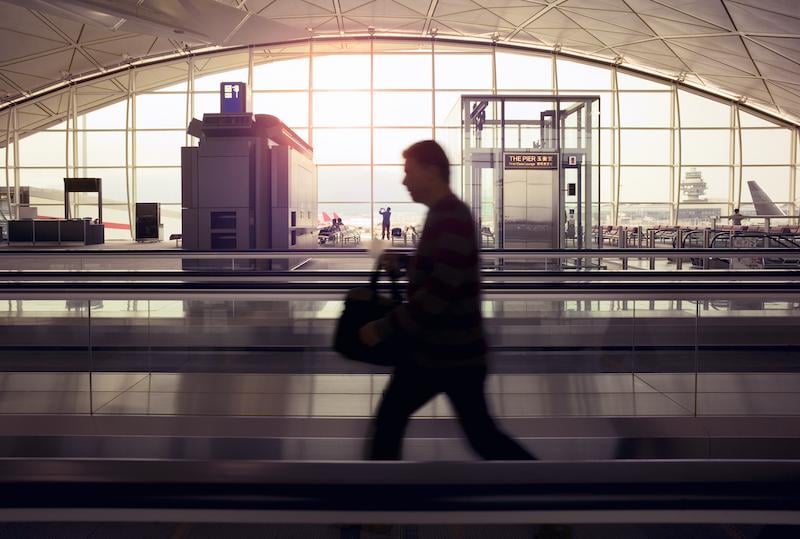Singapore Leads China’s International Recovery As Visa-Free Policy Begins

Credit: EschCollection/Getty
Scheduled capacity between mainland China and Singapore has now exceeded pre-pandemic levels, with passenger demand set to rise further as a new visa-free policy comes into place. The two countries have agreed to implement reciprocal visa rules for their citizens, allowing stays of up to 30 days...
Subscription Required
This content requires a subscription to one of the Aviation Week Intelligence Network (AWIN) bundles.
Schedule a demo today to find out how you can access this content and similar content related to your area of the global aviation industry.
Already an AWIN subscriber? Login
Did you know? Aviation Week has won top honors multiple times in the Jesse H. Neal National Business Journalism Awards, the business-to-business media equivalent of the Pulitzer Prizes.
